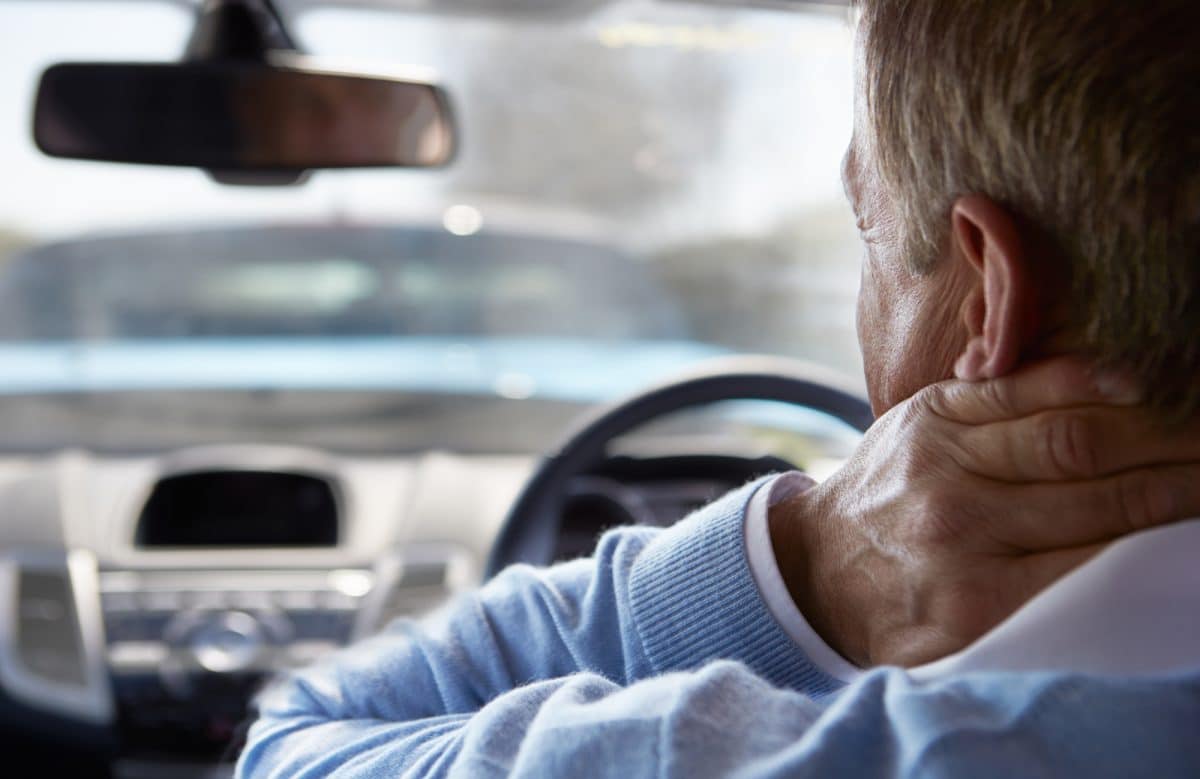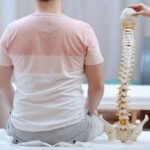Has your life become a wreck…literally?
Here are the most common car accident injuries (and how chiropractic care can help).
Every day, an estimated 12,000 people experience car accident injuries that are serious enough to require medical attention. That adds up to 4.4 million people every year!
Car accident injuries are common, but that doesn’t make them trivial. Even a minor fender bender can have serious, long-lasting effects on your health and quality of life. Some people try to “walk off” the pain or treat it with over-the-counter pain medications and just hope it goes away. Others seek medical treatment through surgery or addictive prescription drugs with nasty side effects.
But more and more people are discovering the best-kept secret for dealing with car accident injuries: chiropractic care!
In this article, we’ll talk about the five most common car accident injuries and how chiropractic care can help you on your way to healing.
3
Injured?
We Offer Same-Day Appointments
1. Whiplash
We’ve all heard of whiplash but how many actually know what it is?
Whiplash is an injury to the soft tissues in the neck caused by a rapid forward and backward motion. Whiplash often occurs after a rear-end or head-on collision.
The sudden force of a car crash sends your head forward, stretching and tearing the muscles and soft tissues in the neck. This results in symptoms such as pain, restricted movement, headaches, and dizziness.

Chiropractic treatment for whiplash depends on the severity of the injury. For most cases, your chiropractor will treat any joint misalignments and may administer ultrasound or E-stim treatments to accelerate healing. In some cases, they might recommend a medical massage to release trigger points, increase circulation, and reduce inflammation.
2. Herniated Disc
You might have heard of a herniated disc before (you may also hear them referred to as prolapsed, slipped, or ruptured discs), but what does that even mean?
Between each vertebrae, you have a disc made of a soft, spongy material encased within a firmer membrane, like a water balloon. A “herniation” occurs when the membrane (called the annulus fibrosus) ruptures and the softer material inside (called the nucleus pulposus) “leaks” out. (If the outer membrane does not rupture, this is known as a bulging disc.) This material puts pressure on nearby nerves and contains inflammatory proteins that can send pain throughout the body.
And yes, they’re as painful as they sound.
The force that a car accident exerts on your body can easily create herniated discs in the back or neck (they may occur along with whiplash).

Herniated discs differ in their level of severity, so each patient’s situation is unique.
To provide you with effective treatment, your chiropractor should look at imaging of your body (either an x-ray or MRI) to evaluate what is happening within your body.
One of the most common techniques for herniated discs is flexion-distraction. This involves a gentle pumping to slightly flex the spine and “plump up” your discs, reducing the pressure put on your nerves. While herniated discs typically don’t “heal” without surgery, chiropractic care can reduce your symptoms so that you live completely pain-free!
3. Soft Tissue Injuries
Soft tissue injuries are some of the most common car accident injuries, but many people tend to think of them as “just run-of-the-mill soreness.”
A soft tissue injury is any damage done to the body’s soft tissues, like muscles, fascia, tendons, and ligaments. Examples include bruises, contusions, stretched muscles, stretched and torn ligaments, and sprains. The issue with soft tissue injuries is that not only are they painful, but they can be long-lasting.

When you have pain or soreness in your muscles, the natural response is to refrain from moving that area of the body, but most soft tissue injuries benefit from gentle stretching and movement; a chiropractic adjustment can help restore your body to its full range of motion so this is possible.
4. Misaligned Joints
There’s no doubt that seat belts are lifesavers (and you should always wear one when you’re in the car!), but the very thing that makes them so safe can also cause joint misalignments.
A typical seat belt is a three-point harness that restrains you at three key areas: each side of the pelvic bone and one shoulder. This system is very effective at keeping your body in your seat during a crash, but it leaves plenty of room for the rest of your body to be thrashed around.
When one part of your body is held still while another part is thrust forward (or backward or to the side…), it can cause those joints to slip out of alignment.
Joint misalignments (also known as “subluxations”) can present as pain, decreased range of motion, numbness, tingling, weakness, or even dizziness/vertigo. Many times the symptoms aren’t felt at the exact location of the subluxation, but travel to other areas of the body.
Of course, the best way to treat a misalignment of the spine or other joints is a chiropractic adjustment to move the joints back into place. Once proper alignment has been restored, the secondary symptoms should start to diminish.
5. Post-Traumatic Stress Disorder

Believe it or not, post-traumatic stress disorder, or PTSD, is a very common car accident injury, especially when accompanied by physical injuries.
While the psychological aspect of PTSD is best handled by a therapist, a chiropractor can help alleviate symptoms of PTSD caused by your pain. The nervous system and spine are very closely connected; when something is wrong in one, it often affects the other.








